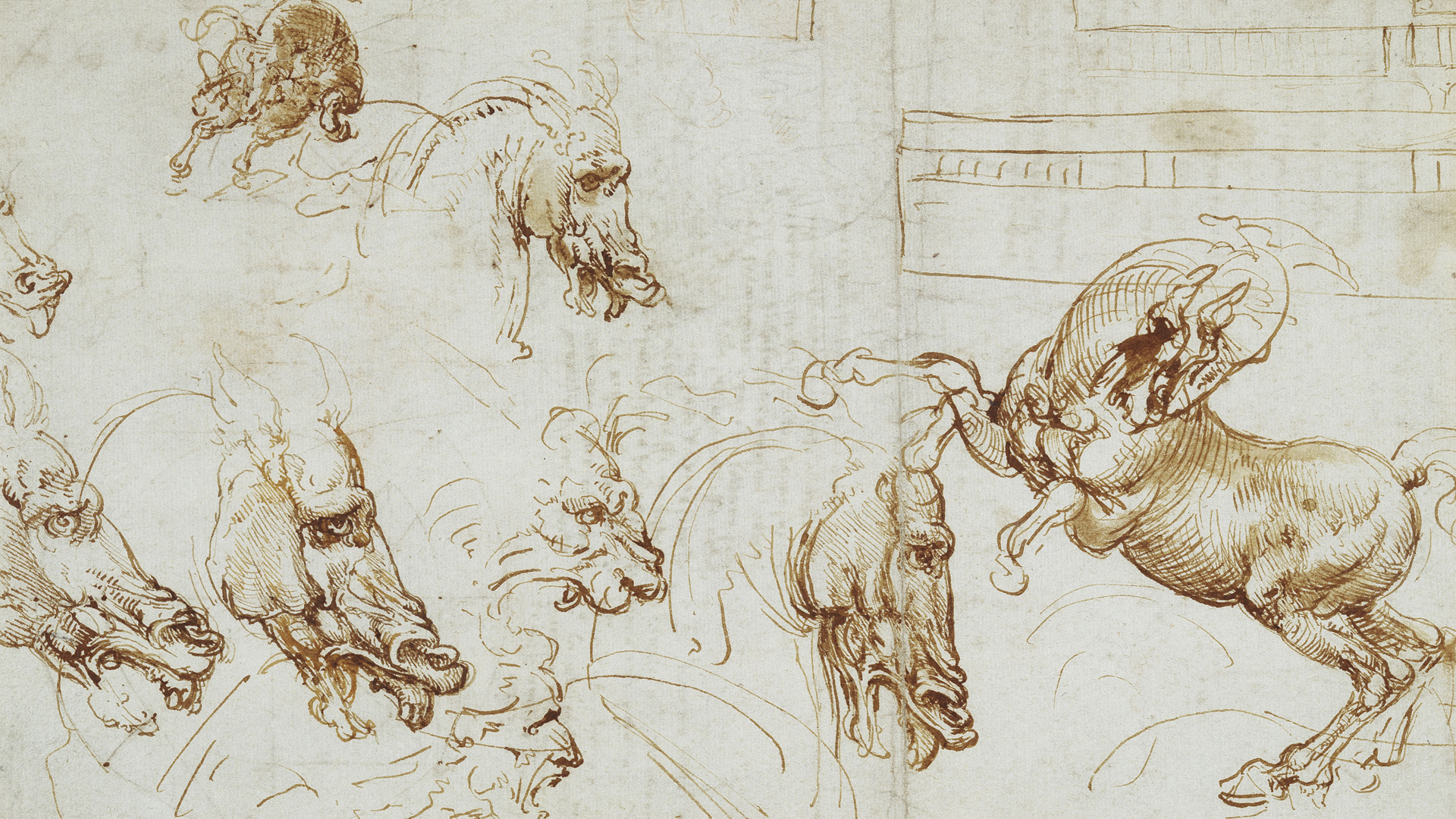Leonardo – The Science behind the Art
Guy Rooker FRCS
Leonardo da Vinci is renowned as a painter and draughtsman of the High Renaissance and two of his works, the Mona Lisa and the Last Supper are amongst the most famous paintings of all time.
But he was an artist whose works were informed by scientific investigation; he was an engineer, designer, and anatomist. He observed the world closely, describing nature as his teacher, studying anatomy and physiology in order to create convincing images of the human form.
Leonardo understood that science was the systematic study of structure and function as representatives of human gesture and expression. Science and Art are different paths that lead to the same destination.
This talk reviews Leonardo’s approach to linear perspective, human proportion, emotion, light and shade together with the fashion in which his scientific investigations influenced his art.
Guy Rooker FRCS
Guy Rooker’s background, perhaps unusually for an Arts Society Lecturer, is not in the Arts but the world of science in general and surgery in particular. He describes himself as a retired orthopaedic surgeon with a lifelong passion, fascination and admiration for the work of Leonardo da Vinci. He considers Leonardo’s contribution to the world of Art and the investigation of scientific concepts to be quite unique and extraordinary; so many of his pioneering investigations have contributed to the understanding of our world today.
